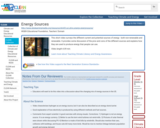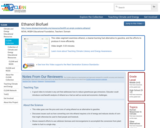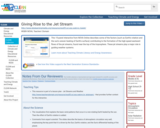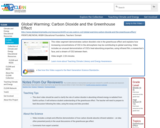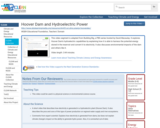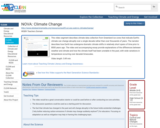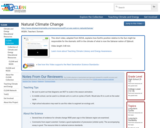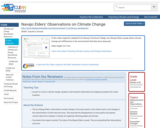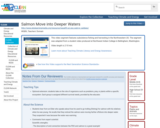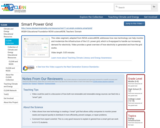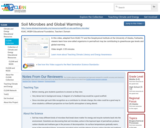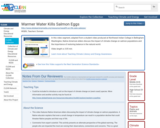
This video and accompanying essay examine ways to reduce the environmental impact of burning coal. Two technologies are discussed: turning solid coal into a clean-burning fuel gas (syngas), and capture and storage of CO2.
- Subject:
- Applied Science
- Career and Technical Education
- Environmental Science
- Environmental Studies
- Physical Science
- Provider:
- CLEAN: Climate Literacy and Energy Awareness Network
- Provider Set:
- CLEAN: Climate Literacy and Energy Awareness Network
- Author:
- Teachers' Domain
- WGBH - PBS
- Date Added:
- 06/19/2012
